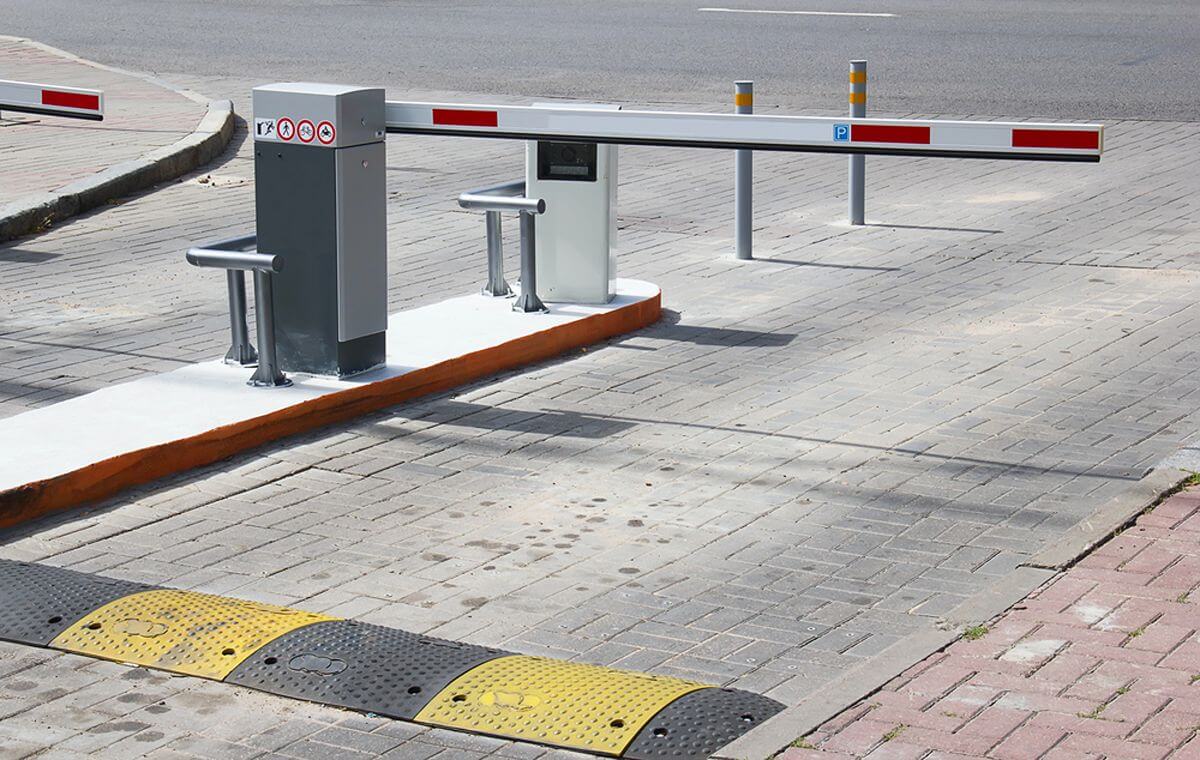
5 Ways to Use Automatic Gate Systems in the Philippines
Published on : July 26, 2025
What are the ways to use automatic gate systems in the Philippines?
- Residential security and convenience
- Subdivision and village entry points
- Commercial building access control
- Industrial and warehouse facility protection
- Parking management in public areas
Overview
- Automatic gate systems streamline property access and security, reducing manual effort and improving daily operations.
- ELID provides reliable, customizable solutions in the Philippines, ideal for high-traffic areas or gated communities, with seamless integration for long-term convenience and control.
Automatic gate systems are now a staple in modern property design, particularly in developments that demand secure, controlled access. While many are familiar with the concept, their true value depends on thoughtful application and placement.
In this article, we’ll explore practical ways to use automatic gate systems in the Philippines. The right setup can significantly enhance site security. At ELID, we provide automated control solutions tailored to your property’s specific needs. Read on to see how these systems perform across different applications.
Residential Security and Convenience
These systems serve as the first layer of protection for standalone homes or shared residential compounds. Homeowners typically install swing or sliding gates that integrate with RFID readers or license plate recognition, enabling the gate to open for verified users. These systems are often configured to respond to remote commands, offering flexibility whether the homeowner is on the property or not.
In gated compounds with multiple tenants, these gates help simplify entry without needing guards on-site. Each unit can be assigned its own set of access credentials to maintain a trackable entry. For households, this removes the need to rely on gatekeepers, especially when accommodating deliveries or service crews during off-hours.
Subdivision and Village Entry Points

Controlling foot and vehicle access to gated communities is still one of the top concerns for subdivision developers. When guards rely on manual logs to record entries and exits, their security processes become prone to mistakes and unauthorized access. That’s why many neighborhoods today are relying on systems like ELID’s Matrix V software, which provides optimized control for vehicle access and visitor management.
Gate arms in subdivisions are programmed to respond only to valid credentials. To illustrate, homeowners are issued RFID cards. Their information is logged into the resident database, meaning they can come and go as they please without assistance from security staff. This not only eliminates entry delays at the gate but also enforces access protocols during off-hours, making the community feel safer and more efficient.
Commercial Building Access Control
Commercial buildings face a different challenge: managing access across various entry points throughout the day. In these scenarios, gate automation integrates with building management systems like the WinPro 2, which handles control functions for car parks, elevators, and multiple entry points all at once. Turnstile gates work in tandem with ID-based lift control to ensure only authorized people can move through the premises.
This coordinated control setup allows facility managers to monitor movement across buildings without stationing staff at every checkpoint. For buildings operating with multiple private offices, automated gates also help segregate user permissions. This ensures access is granted only to designated zones or timeframes.
Industrial and Warehouse Facility Protection
In these high-traffic environments, multiple trucks and third-party vendors come and go daily. Deliveries arrive at different times. Often, they overlap with shift changes and equipment transfers, creating opportunities for mix-ups or untracked entries. Automation minimizes these risks by enforcing strict time-based permissions for guests and staff alike.
Heavy-duty sliding gates are often used at these facilities. They’re integrated with long-range RFID readers such as the ER828 to detect approaching vehicles and trigger gate operations automatically. The system logs every movement and can be configured to allow or deny entry based on delivery schedules or shift assignments. This removes the need for round-the-clock manual checking while protecting valuable assets from theft.
Parking Management in Public Areas

Unauthorized vehicle entry. Overstaying. Inconsistent fee collection. These are all common issues encountered when managing parking lots, and they only worsen during peak hours. Manual validation and ticketing processes only lead to long queues on busy days. That’s why many establishments are turning to automated gate systems as the solution—when paired with payment modules, they further simplify access and billing.
Boom barriers, such as the SNAP 4 Barrier, are a great way to control vehicle traffic in parking areas. The systems record their exact entry and exit times and automatically calculate fees based on the duration of their stay. This eliminates the need for staff at checkpoints, all while ensuring the park is secure and efficiently managed.
Key Takeaway
Understanding the different ways to use automatic gate systems in the Philippines is essential for anyone managing properties with multiple access points. From residential areas to public zones, every setting demands effective security measures to maintain safety and efficiency across all areas.
ELID continues to provide expertly engineered solutions to match the requirements of various environments. We have the technologies you need to safeguard your property. Contact us today to learn more about how our products can provide optimal security.